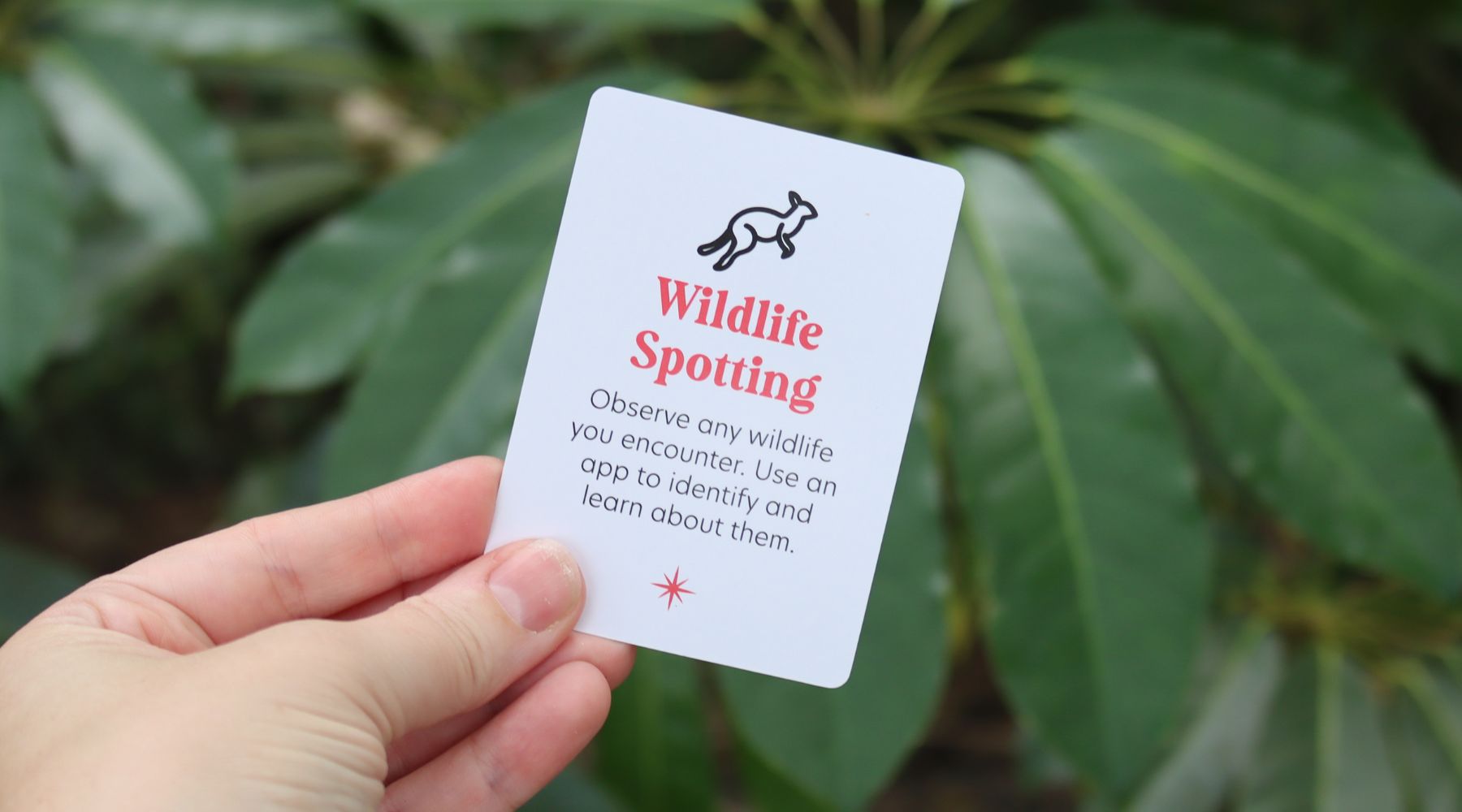Welcome to the Wildlife Spotting Adventure! Get ready to become a wildlife detective as you observe and identify the fascinating creatures that share our planet!
Why Go Wildlife Spotting?
Wildlife spotting teaches us about the animals that live in our environment, fostering curiosity and respect for nature. It’s an exciting way to learn about different species and their habitats!
Step 1: Get Ready
- Choose Your Spot: Find a natural area like a park, forest, or your backyard where you might see wildlife. Early morning or late afternoon are great times to spot animals!
- Gather Your Tools: Bring a notebook to jot down your observations, a pencil, and a smartphone or tablet with a wildlife identification app installed (like iNaturalist or Merlin Bird ID).
Step 2: Observe Carefully
- Be Quiet and Still: Animals can be shy, so find a spot to sit quietly. Use your binoculars to get a closer look at any birds or animals without disturbing them.
- Look and Listen: Pay attention to any movements or sounds. You might hear birds chirping, leaves rustling, or even see a squirrel scampering by!
Step 3: Identify the Wildlife
- Use Your App: When you see an animal, open your app and use its features to identify it. You can take a picture or answer questions to help with identification.
- Take Notes: Write down what you see! Note the colour, size, and any unique markings. Describe the animal’s behaviour too—were they eating, playing, or resting?
Safety Tips:
- Stay at a safe distance from wild animals, and never try to touch or feed them.
- Always let an adult know where you’re exploring.
Fun Facts:
- Did you know that there are over 1.5 million species of wildlife on Earth?
- Some animals, like deer, can camouflage well in their environment, making them tricky to spot!
Wrap Up Your Wildlife Spotting Adventure
Congratulations, Wildlife Spotter! You’ve learned so much about the amazing animals that share our world. Keep your eyes and ears open during your next adventure—you never know what you might discover!



